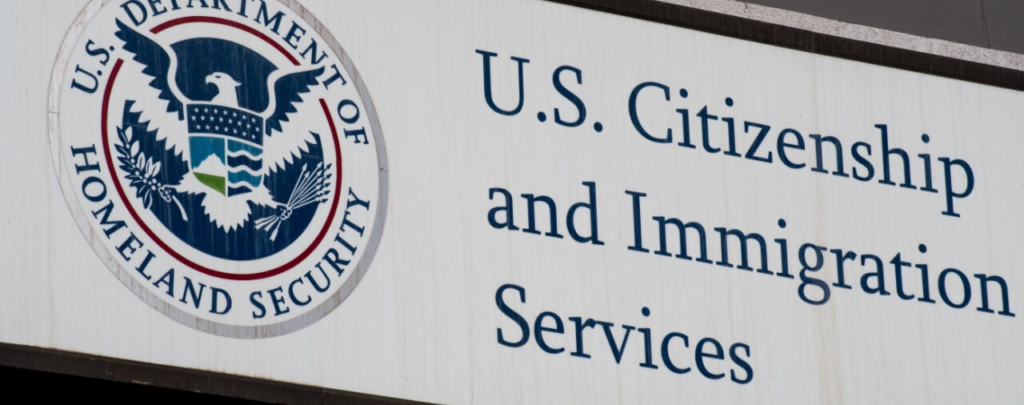Introduction (Updated With Silva-Trevino III Decision)
The Board of Immigration Appeals (BIA) issued an important precedent decision in the Matter of Silva-Trevino (“Silva-Trevino III”), 26 I&N Dec. 826 (BIA 2016) [PDF version] regarding the analytical framework for determining of a conviction under a federal or state statute is for a CIMT. This is in fact the third time the Attorney General/BIA has addressed the issue. The issue was originally addressed in a published Attorney General decision from 2008 titled the Matter of Silva-Trevino, 26 I&N Dec. 687 (AG 2008) [PDF version]. The 2008 decision was subsequently vacated in a second Attorney General precedent decision on the matter in the Matter of Silva-Trevino (“Silva-Trevino II”), 26 I&N Dec. 550 (AG 2015) [PDF version]. The following is a revised version of the blog post I wrote about Silva-Trevino II when the decision was published, wherein I explained why the Attorney General’s decision to vacate Silva-Trevino I – a decision I believe to have been erroneous — was a very positive development in immigration law.
To learn more about the history of the Silva-Trevino litigation prior to Silva-Trevino III, please see our full article [see article]. To learn about the Silva-Trevino III decision itself, please see our full article [see article].
Overview
The Attorney General’s (AG’s) decision in Silva-Trevino I, substantially expanded the ability of an immigration judge to look beyond the record of a conviction and take into account other considerations in order to determine if a noncitizen had committed a CIMT offense and was, as a result, removable. Because these other considerations were often irrelevant and/or prejudicial, this inquiry often made people who had committed relatively minor criminal offenses carry the disproportional burden of proof in removal proceedings. For years – since November of 2008 when the decision was introduced – immigration advocates have been trying to convince the AG to retract the decision. Finally, in Silva-Trevino II, the Attorney General retracted the decision in Silva-Trevino I.
Significance of Silva-Trevino I
In Silva-Trevino I, which had been the law of the land for almost seven years, the AG held that an immigration judge had to engage in a multi-step inquiry into whether a crime committed by the respondent was one that involved moral turpitude (CIMT). Since a CIMT, no matter how minor, often carries heavy immigration consequences, the manner in which a determination is made that a conviction was/was not for a CIMT is critical when viewed from the perspective of the respondent.
The AG in Matter of Silva-Trevino directed the Board of Immigration Appeals (BIA) and through it, the immigration judges nationwide, to look first to whether the criminal statute carried a “realistic probability”-under the categorical inquiry approach held applicable in Gonzales v. Duenas-Alvarez, 549 US 183, 2007 [PDF version] — that “the State or Federal criminal statute pursuant to which the alien was convicted it “would be applied to reach conduct that does not involve moral turpitude If the inquiry unambiguously determined that the crime was CIMT, that ended the inquiry. If not, the second step was to be taken in this analysis.
Under the second step analysis, the judge was allowed to engage in what was called a “modified categorical inquiry,” which allowed for examination of the “record of conviction,” including documents such as the indictment, the judgment of conviction, jury instructions, a signed guilty plea, and the plea transcript. Step two thus allowed adjudicators to consider evidence regarding the perpetrator’s proven conduct that led to the conviction to determine if the person had been convicted of a CIMT.
The third and most disturbing step allowed by the AG’s analysis in Silva-Trevino I was to take place when it was still inconclusive following the application steps one and two, whether the perpetrator had been convicted of a CIMT. Under this step, the judge was allowed to “consider any additional evidence deemed necessary or appropriate to resolve accurately the moral turpitude question.” Under such inquiry, the judge was allowed to look at virtually anything having to do with the conviction, thus making it very hard for the respondent to prepare to prove, much less to prove, that he had not been convicted of a CIMT.
The Silva-Trevino I Standard and Returning to the Pre-Silva-Trevino I Rules
As explained above, the first step in the AG’s approach in Silva-Trevino I involved a traditional analysis of the CIMT conviction under the well-established categorical approach, which involved analyzing the elements of the statute to determine whether there, was a probability that the statute would be applied to reach conduct that does not involve moral turpitude. However, the AG added the requirement that such a realistic probability existed only if, at the time of the criminal proceeding in question, any actual (not hypothetical) cases existed where the statute was applied to cover conduct not involving moral turpitude. If the statute was found both to only proscribe CIMTs in its language and to have not been applied to cover non-CIMTs, an adjudicator would have to find that the statute was a categorical CIMT, and would not have to continue the inquiry.
If the question could not be resolved in the first step, the AG instructed adjudicators to use the modified categorical approach. Under this step, adjudicators would look at the record of conviction, including the indictment, judgment of conviction, jury instructions, and a signed guilty plea or plea transcript. Step two would allow adjudicators to consider evidence regarding the proven conduct that led to the conviction to determine if the person had been convicted of a CIMT. This step would only be necessary of the language of the statute and its application was inconclusive with respect to the CIMT question.
If step two were to not yield a conclusive result, the AG instructed adjudicators to consider “any additional evidence deemed necessary or appropriate” in order to determine if the conviction was a CIMT.
The pre-Silva-Trevino I analysis would had employed the probability inquiry instead of the reasonable probability and, when further analysis was warranted, would have stopped at the second prong of the analysis – the modified categorical approach, thus limiting the inquiry to the record of conviction.
Fortunately, the Attorney General’s decision in Silva-Trevino II to vacate the questionable decision in Silva-Trevino I has restored the much healthier system of analysis that predated Silva-Trevino I. Under the now current law, adjudicators may only use the categorical approach or modified categorical approach, depending on the structure of the statute. Regardless, adjudicators will no longer be permitted to venture beyond the record of conviction determine whether the conviction is for a CIMT.
Originally Published on April 17, 2015;
Published With Revisions on October 19, 2016.





